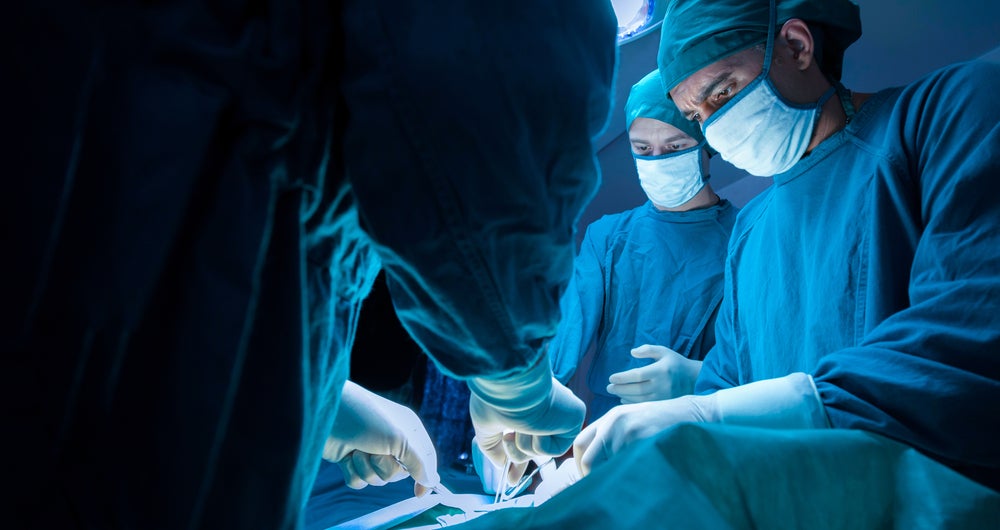
An Artificial Intelligence (AI) tool, named Cryosection Histopathology Assessment and Review Machine (CHARM), has demonstrated that it can help guide surgery by rapidly identify the genetic profile of certain brain tumours.
The information that CHARM can reveal is crucial to speeding up diagnosis that would otherwise take days or weeks to reach, said Kun-Hsing Yu, assistant professor of biomedical informatics in the Blavatnik Institute at Harvard Medical School, whose lab led the research.
The accurate molecular diagnosis, which can detail DNA alterations in a single cell during surgery, can instruct a neurosurgeon on the amount of brain tissue to remove.
Choosing exactly how much brain tissue to remove when treating a brain tumour is a critical decision. Taking out too much tissue when the tumour is less aggressive can alter a patient’s neurologic and cognitive function and removing too little when a tumour is highly aggressive could leave behind malignant tissue, according to Harvard Medical School.
“Right now, even state-of-the-art clinical practice cannot profile tumours molecularly during surgery. Our tool overcomes this challenge by extracting thus-far untapped biomedical signals from frozen pathology slides,” Yu commented in a report he helped co-write, published in the journal Med on July 7th, 2023.
The AI tool is also useful in early treatment and prevention of certain tumours which benefit from on the spot treatment, Yu added
Knowing a tumor’s molecular identity during surgery is also valuable because certain tumours benefit from on-the-spot treatment with drug-coated wafers placed directly into the brain at the time of the operation, Yu said.
Along with his team of researchers, Yu trained a machine learning algorithm by showing it images of samples gathered during brain surgery. The research team then checked the algorithms work against the same patients’ diagnoses. CHARM was more effective in identifying a tumour’s genetic profile than other AI systems.
Current methods to diagnose tumours involve taking a sample of brain tissue, freezing it and examining it. Unfortunately, freezing the tissue often alters the appearance of cells under a microscope meaning the accuracy of the clinical evaluation is compromised.
While the tool as not accurate as current genetic tests the swift profiling it provides could let doctors proceed with the correct treatment without the need of performing another surgery, Yu added.
When combining the AI tool’s results with other information, “the clinician may be better able to make the right decision on the spot,” said Yu.



